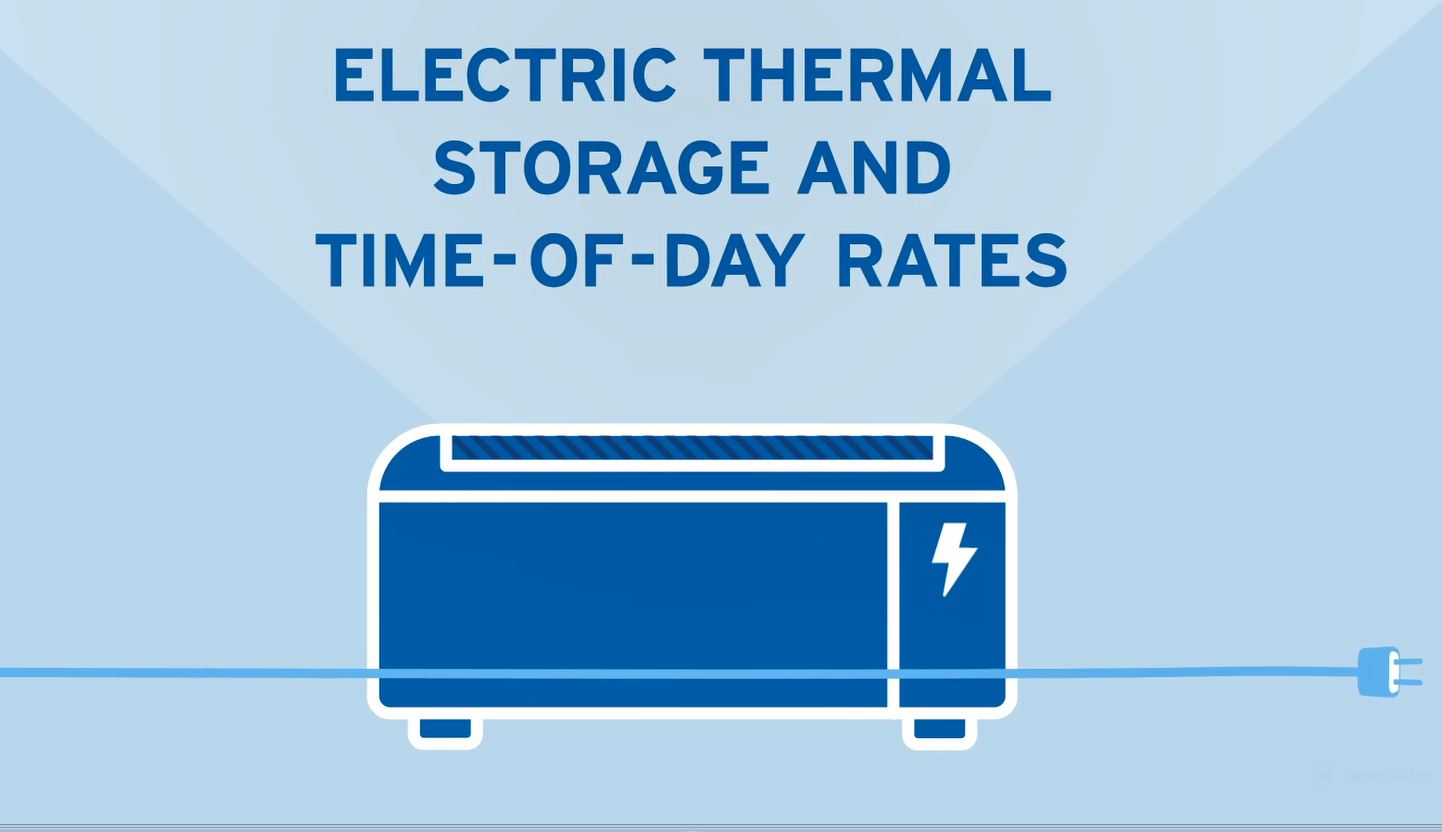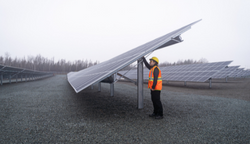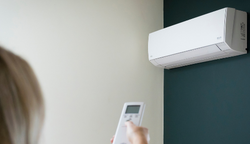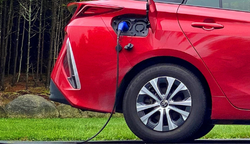Electric Thermal Storage
GET TO KNOW ELECTRIC THERMAL STORAGE
Electric thermal storage, or ETS, is an electric home heating device containing ceramic bricks that can help lower your heating costs by storing heat when electricity costs less and then releasing the heat throughout the day. Our time-of-day (TOD) rates are what makes an ETS cost-efficient. TOD rates change depending on the overall power demand. During off-peak times—overnight, on weekends, and holidays—the demand for power is lower, resulting in a lower billable rate. Find a preferred contractor to determine if ETS is the right solution for you.
Benefits
Save Money
Save Energy
Types of Electric Thermal Storage

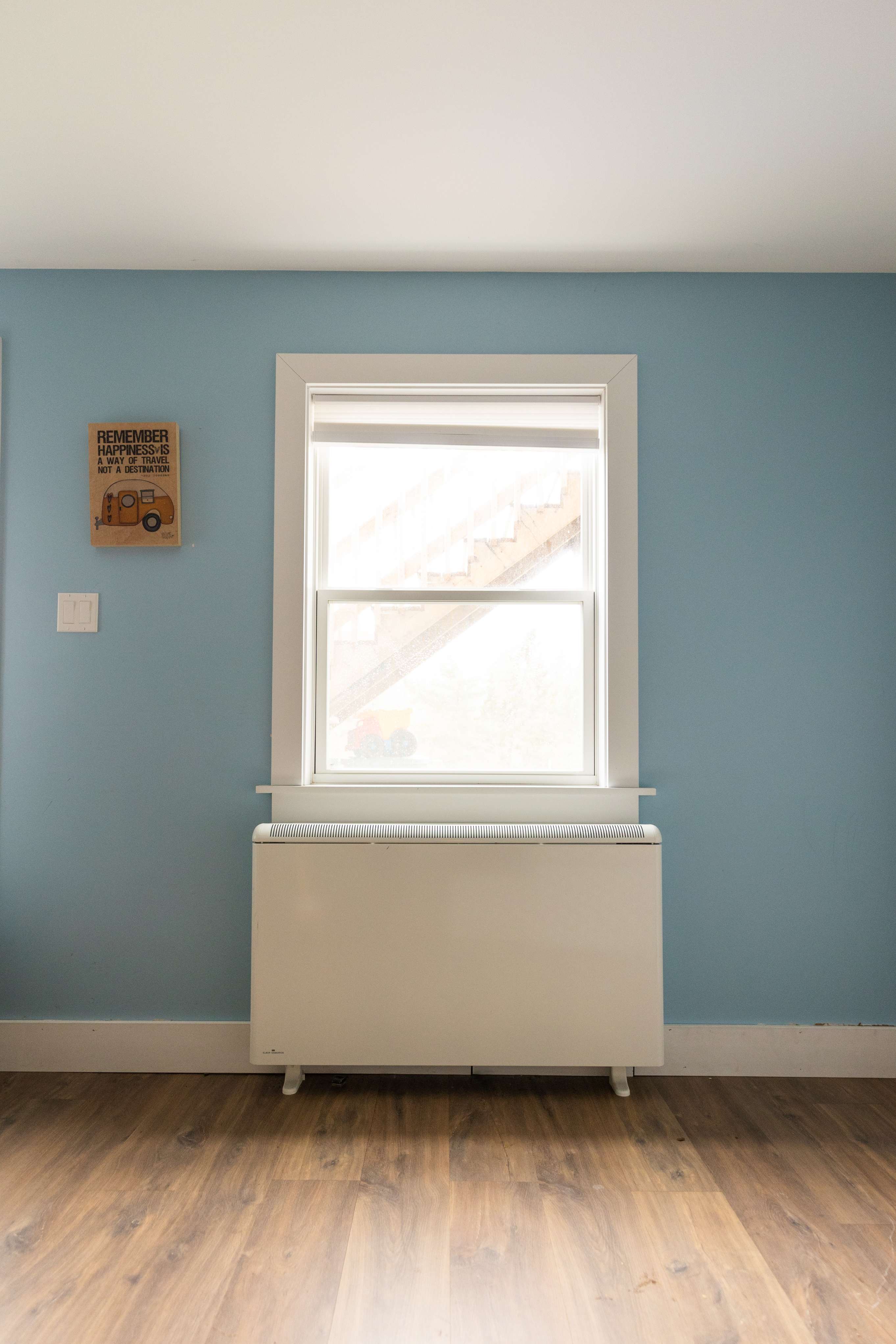
This is the simplest to add to an existing home and any existing heating system. A standalone cabinet, you simply find a convenient place to locate it in your room, and have it hard-wired by an electrician. Cabinets vary in size, but they’re generally only about 10” to 12” deep, so they integrate well into most homes' décor.
Proper sizing is critical and all brands do not provide the same amount of heat storage. Ensure that the units are strategically placed throughout the home to provide maximum comfort and savings. If the units are undersized, other heating sources in your home need to turn on to maintain a comfortable temperature and this will offset potential savings.
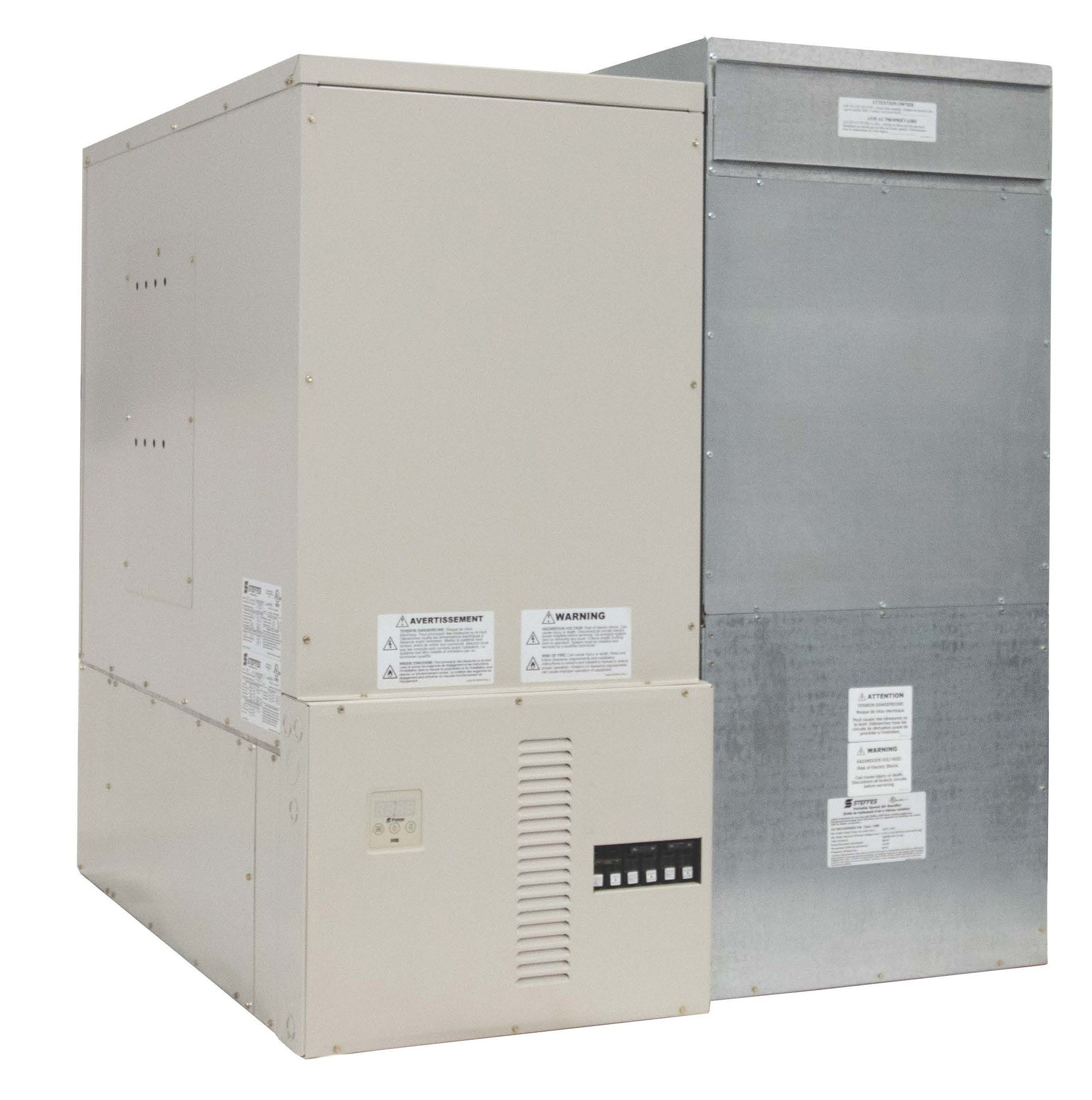
This option replaces your existing furnace - this is an ideal solution when looking to cleaner home heating systems. These ETS systems come in both forced air and hydronic versions, so if your current home heat is distributed by forced air (through ductwork) or hot water (through radiators), there’s an ETS upgrade for you.

The big difference with in-floor radiant ETS systems is that rather than using ceramic bricks to store the heat, it uses the concrete slab of the floor itself. In this system, water is heated during off-peak hours, and pumped through the home’s concrete floor(s).
Did You Know?
Combine your ETS with a heat pump, save even more. Ask a preferred contractor if this combination is the right solution for your home.
Calculate Your Potential Savings
Tell us a bit about your home and how you heat it right now. The calculator will estimate your current energy costs, and predict what your costs might be if you switched to more efficient electric heating options.
Other Products



